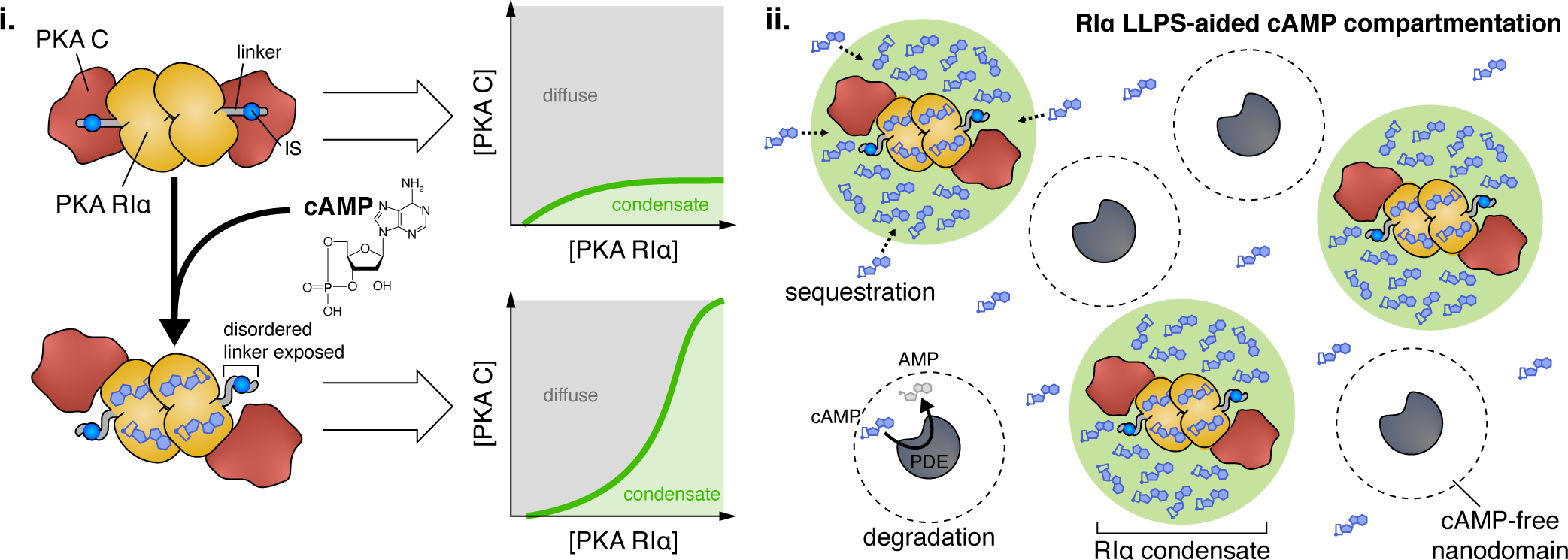Figure 6. LLPS of PKA RIα buffers cAMP and drives pathway compartmentation.

(i) LLPS of the PKA regulatory subunit RIα is dynamically regulated by cAMP. Binding of cAMP to RIα induces a conformational change that releases the PKA catalytic (C) subunit from its interaction with the RIα inhibitory sequence (IS), exposing the disordered RIα linker region. (ii) RIα biomolecular condensates play a key role in compartmentalizing cAMP to ensure signaling specificity. RIα condensates dynamically sequester and trap cAMP, lowering cytosolic free cAMP concentrations, while PDEs catalytically degrade excess free cAMP into AMP. Combined, these two processes enable PDEs to establish cAMP-free nanodomains that set the boundaries of cAMP signaling compartments.
